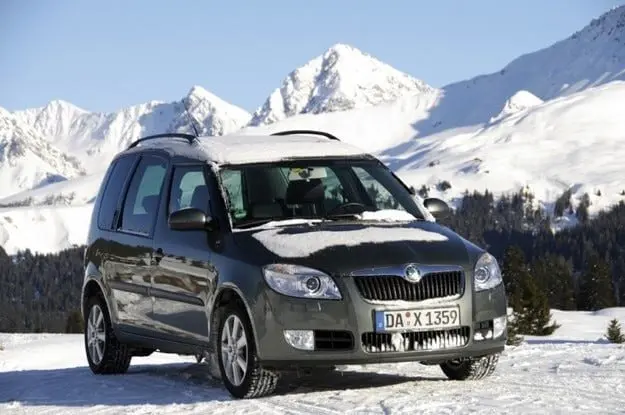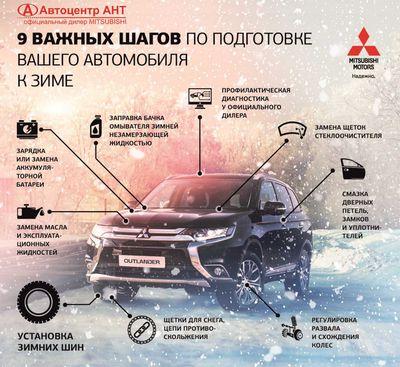
Test drive Skoda Roomster: room service
Content

In 2006, the diligent Skoda VW introduced its spacious high-roof wagon. In 2007, Roomster ran a 100-kilometer test marathon – and completed it with equal zeal.
It is strange why car designers conduct their tests in harsh environments such as subpolar Norway, Death Valley or the northern part of the Nürburgring, while ignoring the huge tests and the destructive potential of families with young children. All standard tests are just funny little fights compared to what can happen to a car on the way to the supermarket with mom driving and kids in a high chair. After such a trip, the interior of our car looks like a pub where two warring rock bands beat each other.
For a start
A car intended for use as a family car must be infinitely stable, durable and resistant to frequent washing. When the Roomster was first parked in the editorial's underground garage in the summer of 2007, it seemed a little fragile for the challenges ahead. He wore a Comfort version with alloy wheels (which hadn't yet experienced the harsh curb edges) and partially leather-covered seats (which didn't know the touch of chocolate-smeared fingers).
Optional equipment such as a glass roof, automatic air conditioning and some small gadgets raised their then-price from a base €17 to €090. It would be better if they did not include 21 euros for the navigation system. Probably a nuclear power plant is easier to operate and manage, works clearer and, I hope, more reliable than this navigation, which sometimes completely lost orientation - for example, in the city of Chur in the westernmost part of Switzerland, which was proudly announced that we had arrived in Arosa, in its easternmost part.
Modest potential
Throughout the marathon test, navigation remained one of two constant stimuli. The other was a bike. Basically, 86 horsepower should be enough to properly drive the nearly 1,3 ton Roomster. The sheer dynamic performance, which has improved significantly over time, also did not indicate a power shortage. However, the eagerly revving 1,4-liter engine lacks elasticity, which has to be compensated for by the short gear ratios of the five-speed transmission. So, at 135 km / h in fifth gear, the engine rotates at 4000 rpm. and goes on to scandalous intonations, which the meager soundproofing can hardly resist. This severely limits the Roomster's suitability for long journeys.
Since traction is still lacking despite the short gears, the light and precise transmission has to be shifted so often that by the end of the test it already looks worn out. High revs also increase consumption - the engine averages 8,7 l / 100 km from the tank, which is quite a lot for temperament. But let's think positively and note at least one advantage of a weak drive - with it, the tires last a long time.
No special claims
Roomster handles other consumables with the same care and consideration. The cost of one light bulb and one set of wipers is 52 euros. The need to add oil between service checks is minimal - one liter for the entire check period. The on-board computer required service visits no more than once every 30 kilometers, and an oil change service cost an average of 000 euros - relatively little considering that Renault Clio average prices were 288 euros higher.
There were few repairs, and the few that needed to be done were covered by the warranty - a loose door stop, turn signal lever and a new motor to raise the window would otherwise cost €260 plus labor, which isn't particularly dramatic. The phone was also changed during the service campaign. After two unscheduled service visits, the Roomster is ranked #XNUMX as the most reliable vehicle in its class.
In the marathon test, the car showed resilience, good health and impressive immunity to stressors. After going through the entire test run, the simply decorated interior looks like no one went inside. Only the mechanism for lifting the rear right glass is again not entirely serviceable, and on a bad road you can hear a slight creak and crack in the area of a small glazed panoramic roof. It does not open, and in the summer, despite the blinds, it causes a strong warming of the interior, which pushes the air conditioning to the limit.
Winter Garden
The fact that the Roomster is based on the Fabia is evident not only from its very good agility, but also from the relatively limited space up front – something normal for a small car. Unlike other high-roof station wagons, the Roomster allows the driver and front passenger to sit deep in comfortable seats. This restricts the view in the same way that an over-extended second column passes through window frames. On the other hand, travelers in the spacious rear have a better view. Thanks to large windows and a glazed roof, you travel through the winter garden.
The most important advantages of the Roomster are the spacious rear and extremely flexible interior layout, which makes the Czech model superior to competing high roof models. The three separate seats in the second row can be moved forward and backward separately, folded in and out. When the small rigid middle seat is removed from the cab, the two outer seats can be slid inward to provide more elbow room. This operation is performed frequently and requires a little more manual labor, but until the very end, the test went smoothly, except for the slightly scuffing clamps.
Positive result
Trunk volume was completely insufficient - with the same overall length, the Renault Kangoo can hold a maximum of more than one cubic meter. But the Roomster isn't going to compete with the Kangoo, if only because it lacks the extremely practical sliding doors. The Skoda model relies on other qualities - for example, maneuverability on the road. His driver does not feel a shadow of the feeling that he is driving a van. For a car with the allure of a large pack of baby diapers, the Roomster enters corners with pleasing precision and handles them with ease and neutrality. This is a consequence of the rigid suspension, not focused on a particularly comfortable ride.
More about money - after testing, the Skoda model lost 12 euros in price. It sounds harsh, but primarily because of the many additional features. More unpretentious models retain their price to a much greater extent. Another point in favor of the Roomster, which has nothing to fear from the Norwegian cliffs, Death Valley or the Nürburgring. And also from a trip to the supermarket.
text: Sebastian Renz
Evaluation
Skoda Roomster 1.4
First place in the index of damage to cars, moto and sports in the corresponding class. 1,4-liter petrol engine with 86 hp Sufficient dynamic characteristics improved by the end of the test, not quite smooth running, high consumption (8,7 l / 100 km). 57,3% obsolescence. Moderate maintenance costs, long service intervals (30 km).
technical details
| Skoda Roomster 1.4 | |
|---|---|
| Working volume | - |
| Power | 86 k. From. at 5000 rpm |
| Maximum torque | - |
| Acceleration 0-100 km / h | 12,3 with |
| Braking distances at a speed of 100 km / h | - |
| full speed | 171 km / h |
| Average consumption fuel in the test | 6,8 l |
| Base Price | 17 090 euro |
